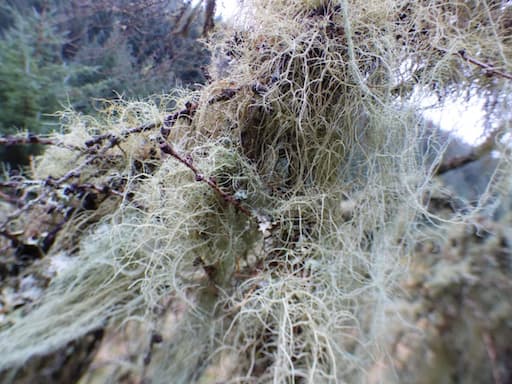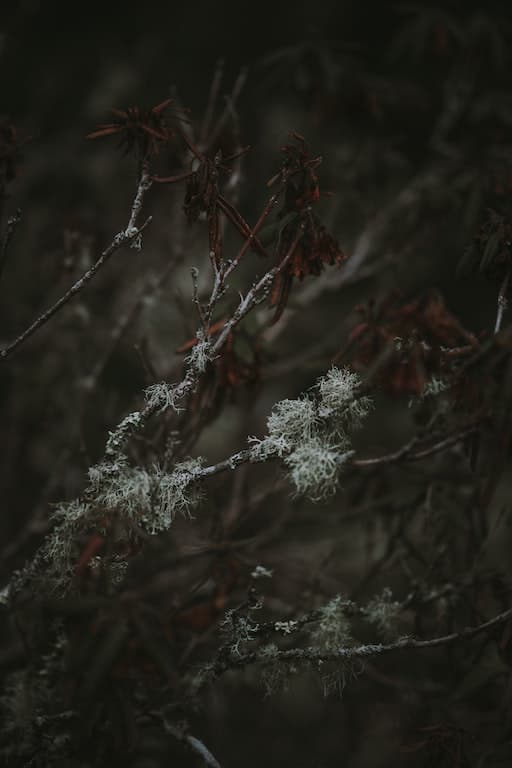Changes on Bennachie in Winter
If you come to Bennachie in winter you will find the forest fairly quiet, but don't be fooled-there’s still lots going on!
The deciduous trees like birch, rowan and beech will have lost their leaves- that’s a smart move as the frost would freeze the water in their leaves, and the ice crystals would damage them. Although these trees have shut down for winter, they are still doing an important job-offering food and shelter for many woodland creatures. Bats may be hibernating in tree hollows or woodpecker holes, and some may be found in Jock’s cave!
Tree holes and crevices can fill up with dead leaves which centipedes and wood lice scoff! And in turn the tree creepers and woodpeckers love to scoff them!
Some moths and butterflies have laid their eggs on trees to overwinter till spring; others spend the winter as larvae, (caterpillars) and some as hibernating adults, such as small tortoiseshell and peacock butterflies are often found in houses. Decaying leaves offer a feast to some minibeasts, and fungi and bacteria are busy as nature’s recyclers.
A pile of leaves means a warm winter home for spiders, millipedes wood lice, larvae, and even ladybirds will snuggle down in a huddle in there for warmth to hibernate. This, in turn, is where hungry birds will look for food during the hard winter months. You may well hear a blackbird busily turning over the leaves looking for lunch. Frogs and toads hibernate in cool (not too cold) dark and damp shelter under leaves, logs and rocks. So don't be fooled, a pile of leaves could be home sweet home to loads of creatures!
With the bare branches and the vegetation dying down we get a chance to see the various types of lichens growing on the bark and on rocks. Lichens are a partnership between fungi and algae. They are sensitive to air quality and pollution. If you look carefully you will see the basic growth forms of lichens: Crustose- crustlike. This is a lichen which sticks closely to whatever it is growing on. Fruticose- like a branching shrub and looks like a bushy coral growing on rocks, trees and soil. Foliose- leafy shape and can be easily removed.
The Woodland Trust have lots to tell you about lichens - see What is lichen? Seven types of lichen found on trees.
Fruticose lichens-most of these here are commonly called old man’s beard (perhaps named after Jock’s beard!)
There’s still plenty of greenery around Bennachie in winter with all the coniferous trees, like Scots pine. By holding on to their leaves, the evergreen plants provide valuable food and shelter for the animals who are facing the harsh winter conditions. They provide much needed places for birds to hide from the cold and give protection from the wind, rain, sleet and snow. Roe and red deer also shelter in the evergreens in winter, where they can rest and eat.
Needles, twigs, bark and seeds contained in the pine cones all provide nourishment for wildlife.
Squirrels and crossbills will eat seeds from pine cones, deer will snack on the needles, woodpeckers will peck into the soft wood of pine trees looking for larvae. Owls can be heard hooting from their roosts in evergreen trees. Holly trees are really important to many species of birds and small mammals, with their berries providing valuable winter food. These trees also offer valuable shelter for birds.


This is part of the All About Winter information.